A Guide to Wine Tasting: Tips and Techniques
Discover the art of wine tasting with this comprehensive guide. From preparation to savoring every sip, learn tips and techniques to elevate your experience. Perfect for beginners and enthusiasts alike.
Introduction
Welcome to A Guide to Wine Tasting: Tips and Techniques. Whether you’re new to wine or have enjoyed it for years, this guide will help you get more out of every glass. Wine tasting isn’t just drinking—it’s a way to engage your senses and uncover what makes each wine special. I’ve spent countless evenings tasting wines, from casual gatherings to formal events, and I’m excited to share what I’ve learned. We’ll walk through how to prepare, the steps to taste like a pro, and handy tips to boost your skills. Plus, we’ll dive into Beringer wine reviews to explore a top wine brand. Let’s start this journey together!
Preparing for Wine Tasting
Choosing the Right Glassware
Your glass matters more than you might think. The shape affects how wine smells and tastes. Red wines shine in wide-bowl glasses, letting air bring out their bold scents. White wines do better in smaller bowls, keeping their crisp flavors intact. For bubbly wines, flutes hold those bubbles tight. I once used a regular water glass for a Pinot Noir—big mistake! The aromas just vanished. A tulip-shaped glass works if you’re starting out. Make sure it’s spotless; even a hint of soap can ruin the taste. Check out this Wine Institute article for more on glass shapes.
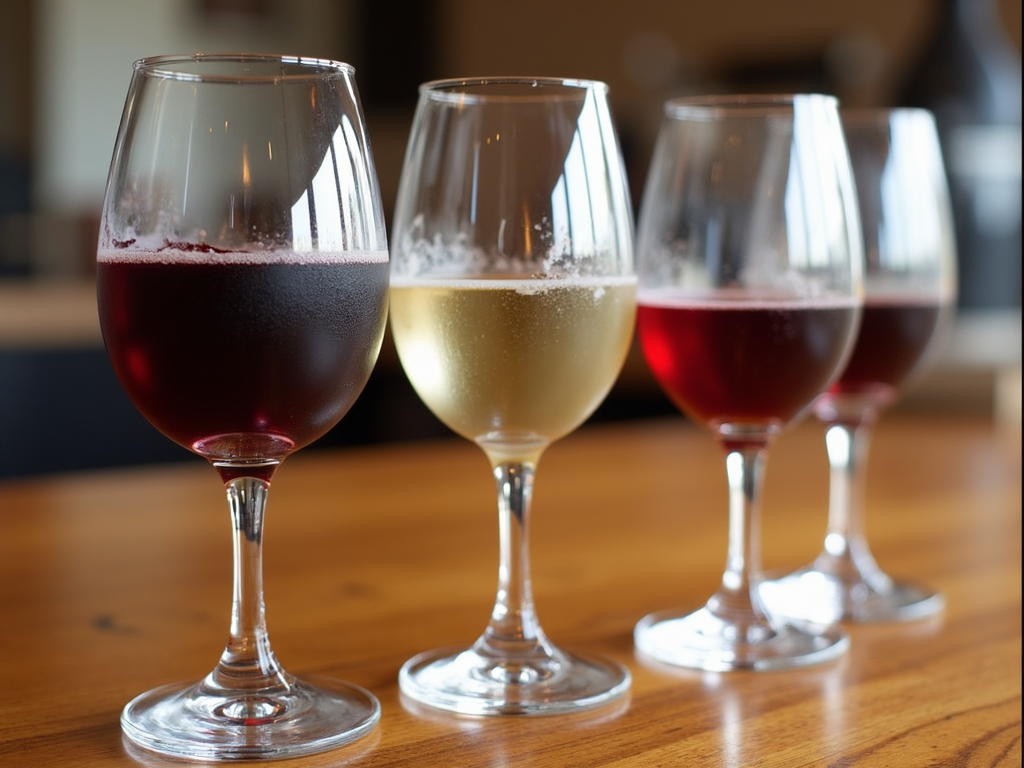
Setting the Environment
Where you taste wine can change everything. Good lighting—natural if you can get it—lets you see the wine’s true color. Keep the room around 65-70°F (18-21°C); too hot or cold, and the flavors shift. Skip strong smells like perfume or food cooking nearby. I learned this the hard way when a scented candle drowned out a delicate Sauvignon Blanc. Quiet helps too—no loud music or chatter. A calm space lets you focus on the wine.
Selecting Wines
Pick a mix of wines to taste: a red, a white, maybe a rosé or sparkling one. Variety shows you how different they can be. I like starting with well-known wine brands like Beringer—they’re reliable and give you a solid baseline. Beringer’s been crafting wines since 1876, so you’re in good hands. Choose what excites you, but don’t overdo it—three or four bottles are plenty for one session.
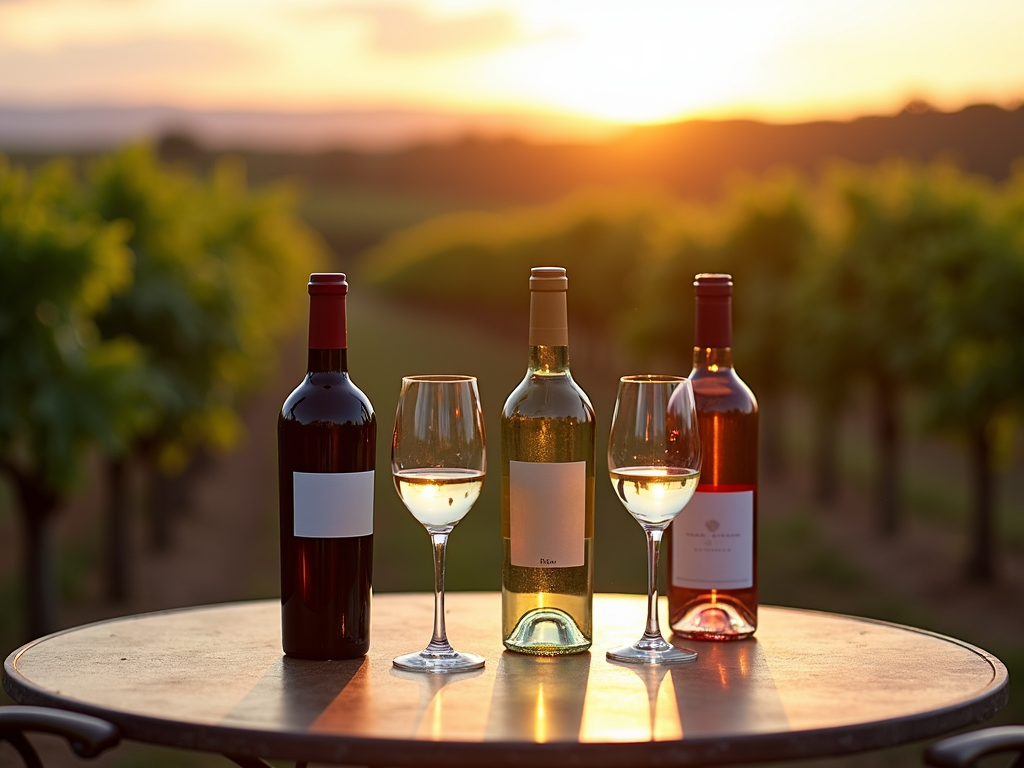
The Steps of Wine Tasting
Looking at the Wine
Start by looking at your wine. Hold the glass against something white, like a napkin, to check its color and clarity. Young reds often look purple; older ones turn reddish-brown. Whites go from pale yellow to deep gold over time. Clear wine is a good sign—cloudiness might mean trouble. I love this part; it’s like a sneak peek into the wine’s story.
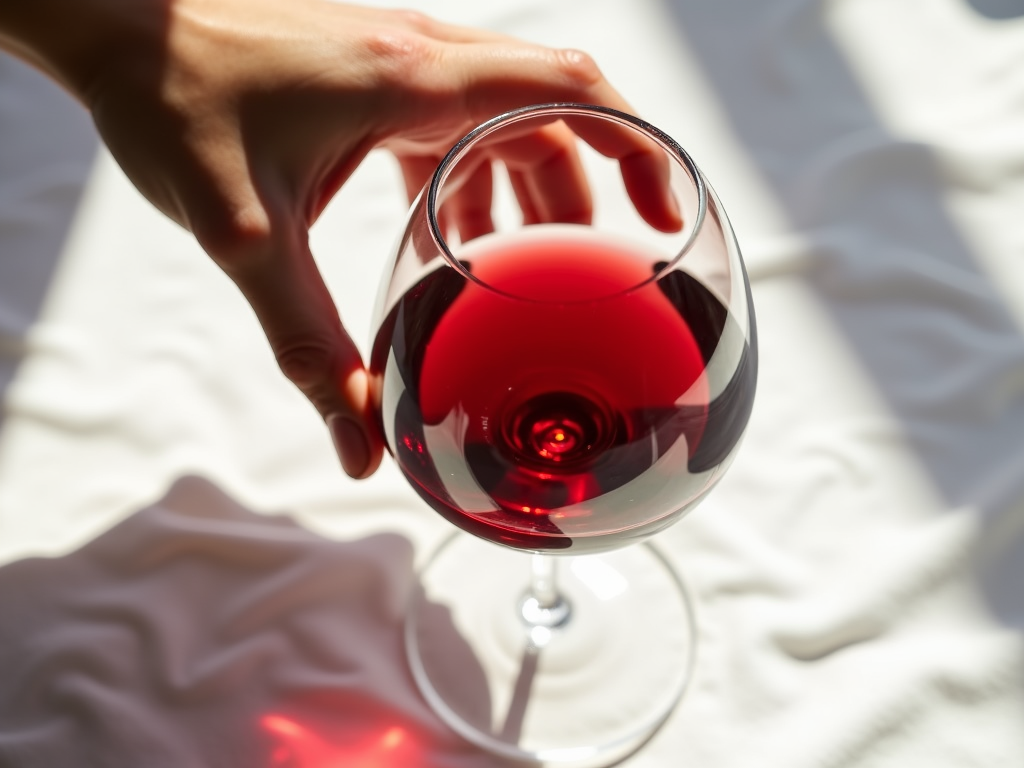
Smelling the Wine
Give the glass a gentle swirl to wake up the aromas. Then, stick your nose in and take a good sniff. What do you notice? Fruits like berries or citrus? Maybe flowers, spices, or something earthy? A great wine has layers to smell. I once caught a whiff of leather in a Cabernet—it surprised me, but that’s the fun of it. This Penn State Extension guide can help you name those scents.
Tasting the Wine
Take a small sip and let it sit on your tongue. Roll it around—what hits you first? Sweetness, tartness, or maybe a dry feel from tannins in reds? Notice if it’s light or heavy. Does it match what you smelled? I find this step gets easier with practice; you start picking up little details, like a hint of cherry or oak.
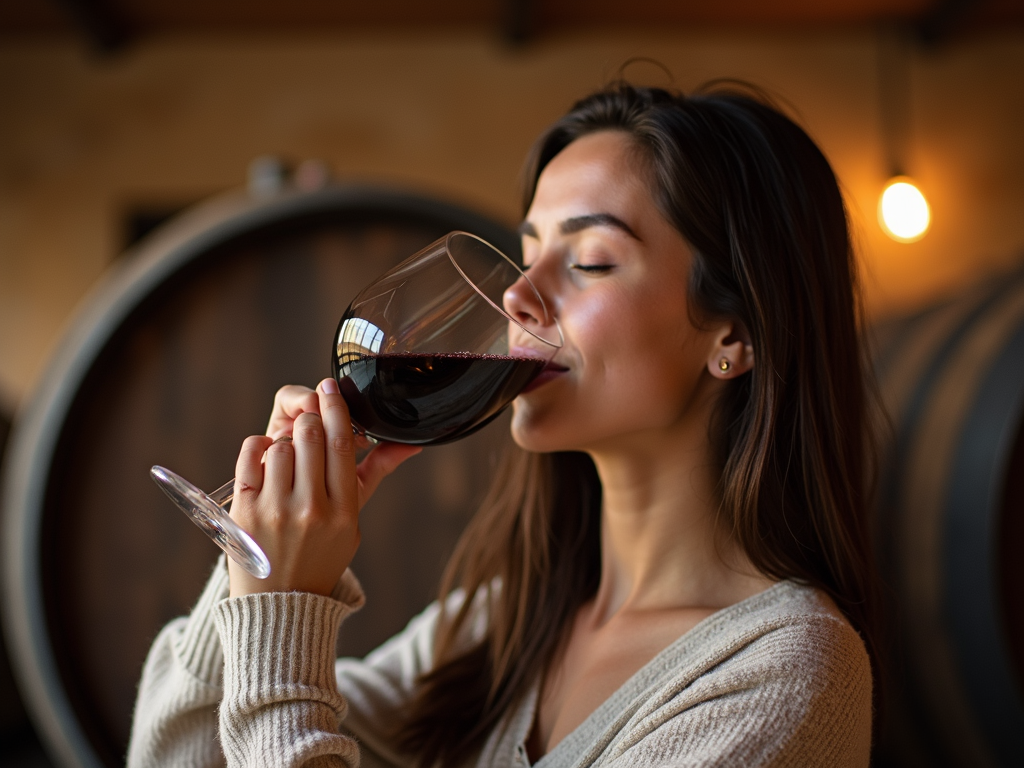
Finishing
Swallow and pay attention to what lingers. That’s the finish. A smooth, long aftertaste is a mark of quality. Write down what you think—likes, dislikes, anything standout. I keep a little notebook; it’s fun to look back and see how my tastes change.
Tips and Techniques
Holding the Glass
Grab the glass by the stem, not the bowl. Your hand’s heat can warm the wine, and fingerprints cloud the view. It feels fancy at first, but it’s practical too.
Swirling the Wine
Swirling mixes air into the wine, boosting its smell. Set the glass down and twirl it gently. Once you’re comfy, try it in your hand. I spilled a bit learning this—practice makes perfect!
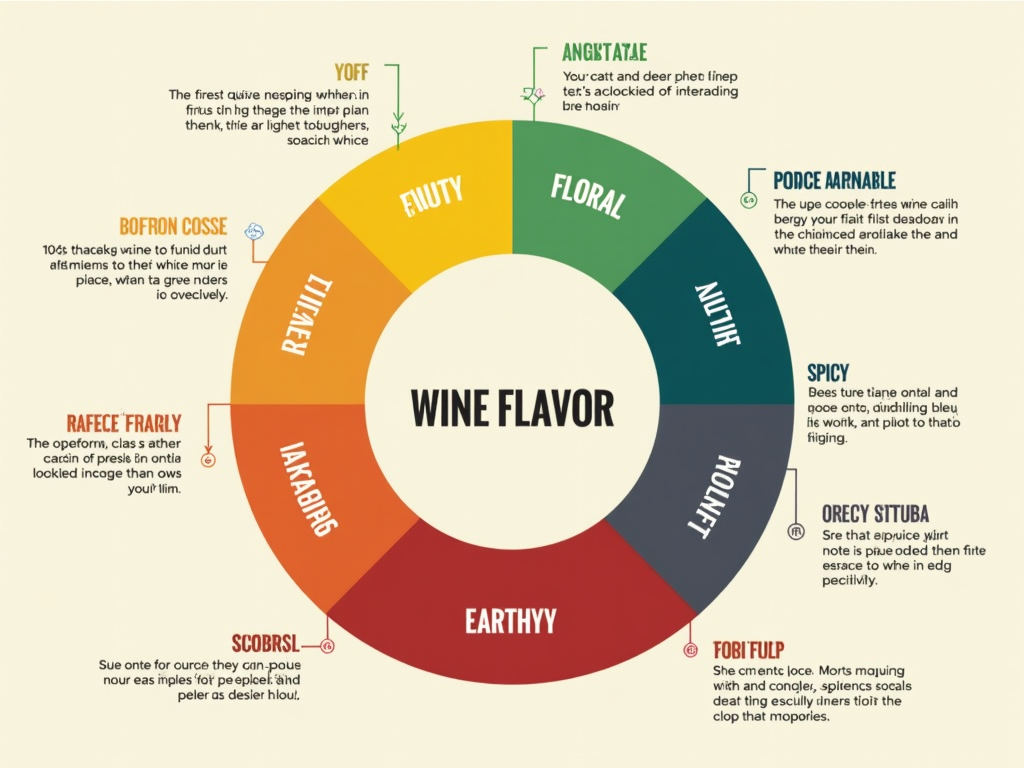
Identifying Flavors and Aromas
Spotting flavors takes time, but it’s worth it. Look for fruity notes (think berries or lemon), floral hints (like roses), or spicy kicks (pepper, anyone?). A flavor wheel helps—start broad, then get specific. I used to just say ‘nice,’ but now I catch vanilla or herbs.
Pairing Wine with Food
Matching wine and food is magic when it works. Light wines go with light bites, like fish; heavy wines suit steak or pasta. Try flavors that play off each other—a creamy Chardonnay with buttery chicken is heavenly. This Culinary Institute guide has great ideas.
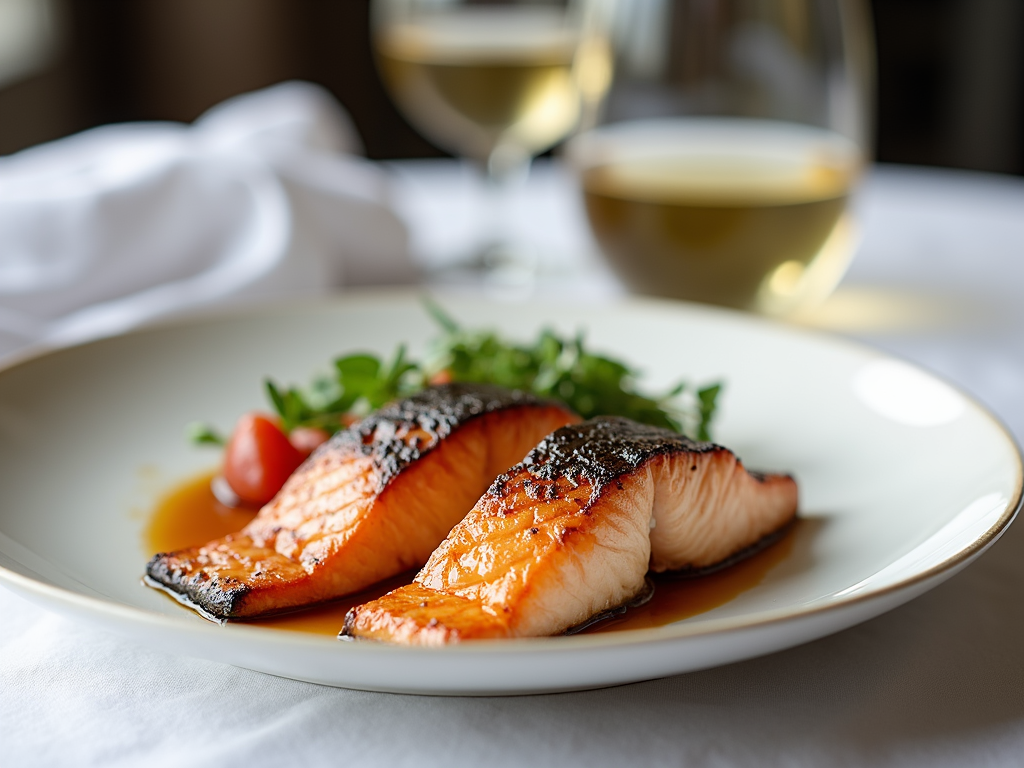
Beringer Wine Reviews
Introduction to Beringer
Beringer stands out among wine brands. Founded in Napa Valley in 1876, they’ve mastered the craft. Their wines range from easy sippers to fancy bottles. I’ve tried a few, and they never disappoint. Curious? Visit Beringer’s story for the full scoop.
Review of Beringer Cabernet Sauvignon
Beringer’s Cabernet Sauvignon is a treat. It smells like blackberries and a touch of vanilla—oak aging does that. The taste is big and bold, with soft tannins that linger nicely. I had it with a burger once; it was a perfect match. Definitely a go-to red.
Review of Beringer Chardonnay
Their Chardonnay is smooth and bright. You get apple and pear up front, with a creamy finish. It’s not too heavy—great with shrimp or a light salad. I poured it at a dinner party, and everyone loved it. Beringer nails this one.
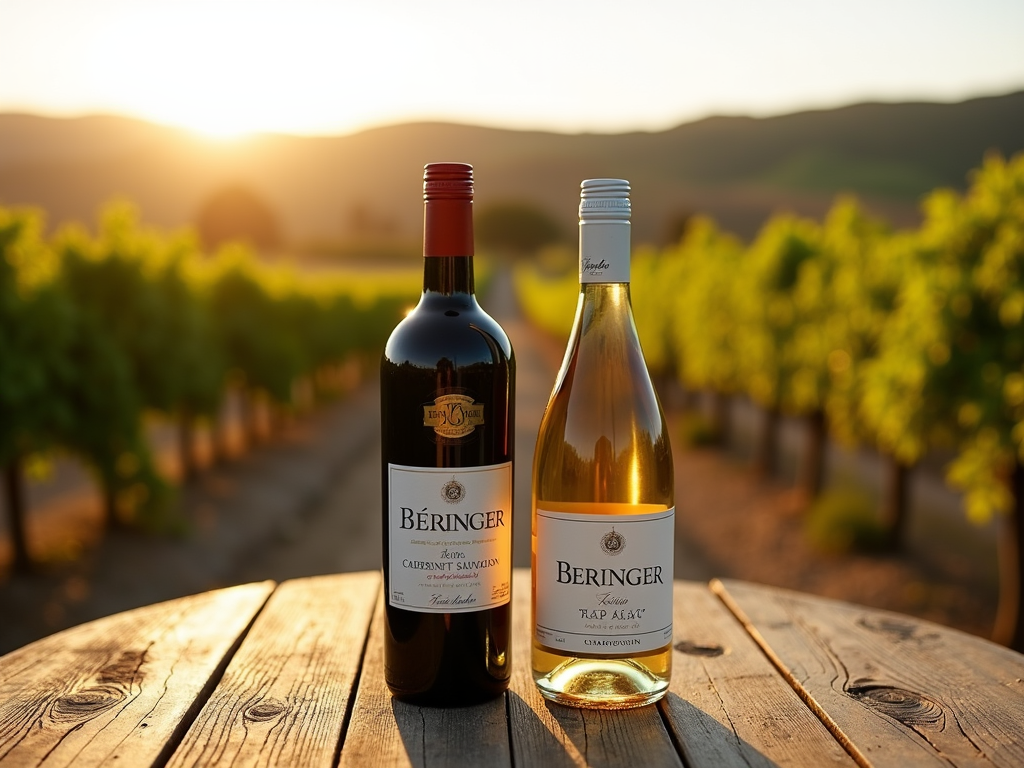
Conclusion
Wine tasting blends curiosity and practice into something special. Prep your space, follow the steps—look, smell, taste, enjoy—and use these tips to grow your skills. From my first awkward swirl to now, I’ve found joy in every glass. Try wines like Beringer’s to see what you love. Keep tasting, keep learning—cheers to that!